Beaultiful Desert Plants
Aloe Camperi (1 Gal. Pot)
Couldn't load pickup availability
Aloe Camperi
* Ship Bare root (without pot and soil) Pot size is only notated for your reference.
* If you are going plant your cactus or succulent in a pot, have it prepared beforehand with cactus mix soil (recommended), then water lightly.
*If you going to plant it into the ground, ensure proper drainage
*We Only ship Priority to ensure your Succulents plant will take between 2 to 3 days to arrive, we are not responsible for any the shipping carriers are delays.
* My Jades have really short roots, We reefed to the gallons that are planted in the add so you can see or estimate the actual size of the plant, do not expect to receive any Jade with long roots, That's why these trees are easy to Trim and give a shape as a bonsai tree and plant them in a shallow pot.
* We try to ship our succulent plants as soon as we get the order is customer responsibility to be aware of the plant arrival also customers will get a notification by email. If the customer wants to delay or change the day of the shipment please contact us as soon as possible.
*We take great care in the packaging of your plants, but unfortunately the same cannot always be said in how they are handled once they leave us
.*Is the customer responsibility to purchase a (Heat pack) if the Succulent plant is ship to a cold area, we usually recommended it if the whether is 35* or lower, If you are purchasing a large succulent plant please make sure you buy enough heat pack to cover the plant (1 heat pack every 12")
|
|||||||||||||||
| Aloe camperi (Nubian Aloe) A colony forming aloe that suckers or branches near the base with individual rosettes reaching nearly 2 feet tall and wide with narrow light green leaves that are flat on the upper surface and angle upwards then arch over towards the tips with sharp spines along the margins. This plant reliably produces 3 foot tall branched inflorescences with an abundance of salmon-orange buds that open to yellow flowers from the bottom up in late spring - ours is spectacular in May and lingering into June. Plant in full sun and irrigate little to occasionally. Hardy to mid 20's F - no damage observed on our plants at 25° F in the January 2007 cold spell but plants were noted as damaged at temperatures in the low 20's by Brian Kemble at the Ruth Bancroft Garden in Walnut Grove. This great landscape plant is very showy in full bloom and has been in cultivation in California for many years under the name Aloe eru. The late spring flowering of this plant distinguishes this plant from a form that flowers earlier (March) that has long been grown at the Huntington Botanic Garden (HBG#92) and was distributed as an International Succulent Introduction as Aloe camperi 'Conuta' (ISI -2005-15). Aloe camperi is from Eretria in northeastern Africa south to Ethiopia at elevations ranging from 4,600 feet to 8,300 feet and was first described using this name in 1891 by Georg Schweinfurth, a German who lived in Riga in the Baltic Provinces of Russia, from a plant collected at about 4,600 feet in the Great Valley above Ghinda in Eritrea. It had been discovered in habitat prior to this time at least by 1817 by German botanist and horticulturist, Prince Joseph Salm-Reifferscheid-Dyck, who described it as Aloe abbysinica, Lam., having been described as such by Lamarck in 1783 from a plant that explorer James Bruce had collected while traveling from Eritrea on the Red Sea to the Nile and north to Cairo, though the location of collection was never noted. Further confusion on the name of this plant was caused by the naming of this species as Aloe Eru by Alwin Berger in his "Das Pflanzenreich" and this name is still often used for this plant. Schweinfurth named Aloe camperi for his friend Manfedo Camperio, an Italian born resident of Eritrea. It has been called Nubian Aloe in literature though most references do not indicate that it naturally inhabits the range of the Nubian people in southern Egypt or Sudan but a collection made in Sudan (between Suakin and Berber) by Schweinfurth in 1868 is on record at the Swedish Museum of Natural History in Stockholm. From this same trip Schweinfurth wrote in his journals "What a prospect! How gay with its variety of hue, green, red and yellow! Nothing could be more pleasant than the shade of the acacia, nothing more striking than the abundance of bloom of the Abyssinian aloe, transforming the dreary sand beds into smiling gardens." With such confusion existing between Aloe abbyssinca and A. camperi and because Schweinfurth traveled from Eritrea through Egypt, it is not clear which aloe Schweinfurth is referring to in this statement but it very well could have been Aloe camperi. Information displayed on this page about Aloe camperi is based on the research conducted about it in our library and from reliable online resources. We also note those observations we have made of this plant as it grows in the nursery's garden and in other gardens, as well how crops have performed in our nursery field. We will incorporate comments we receive from others, and welcome to hear from anyone who may have additional information, particularly if they share any cultural information that would aid others in growing it. |
Share
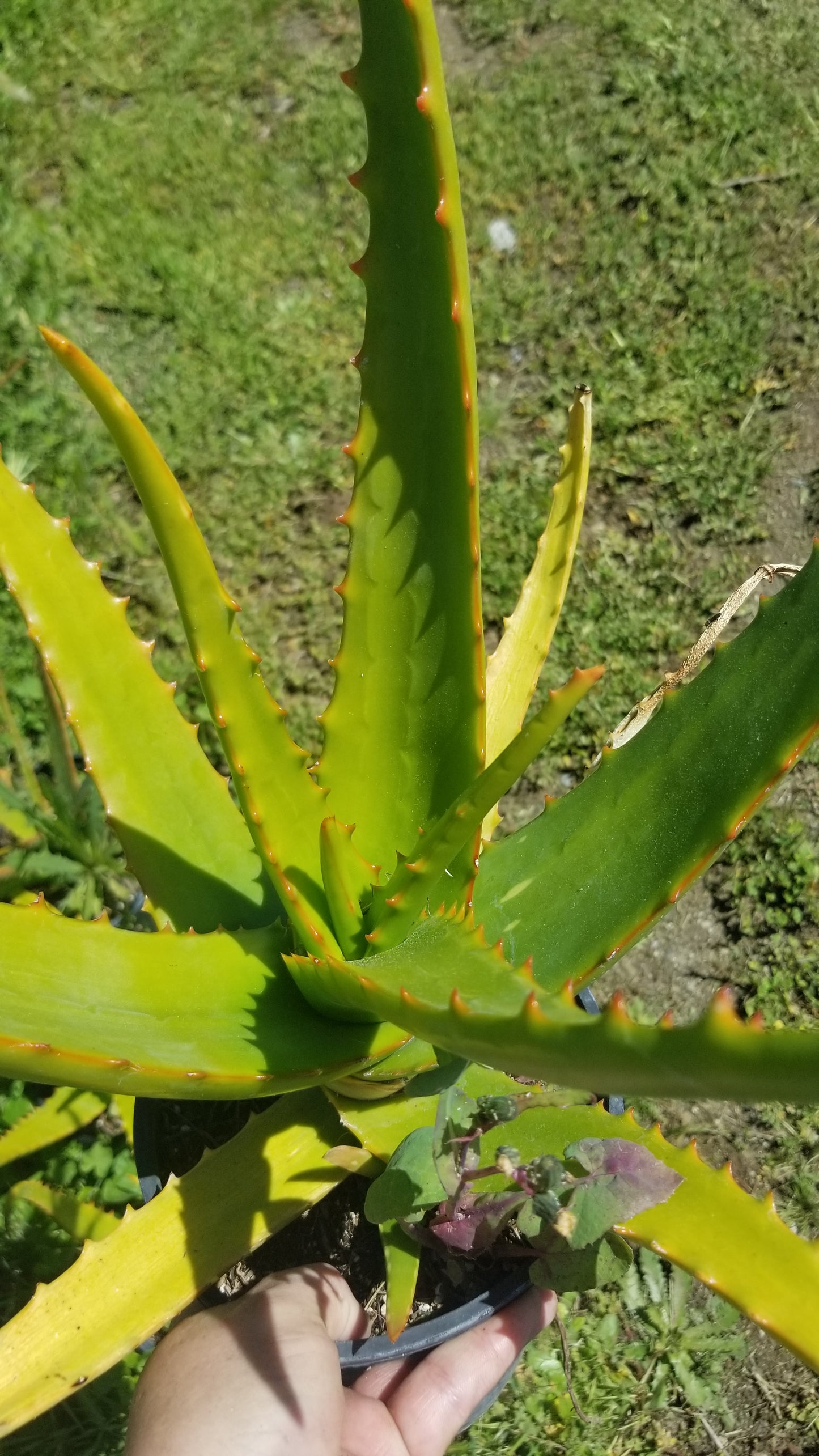
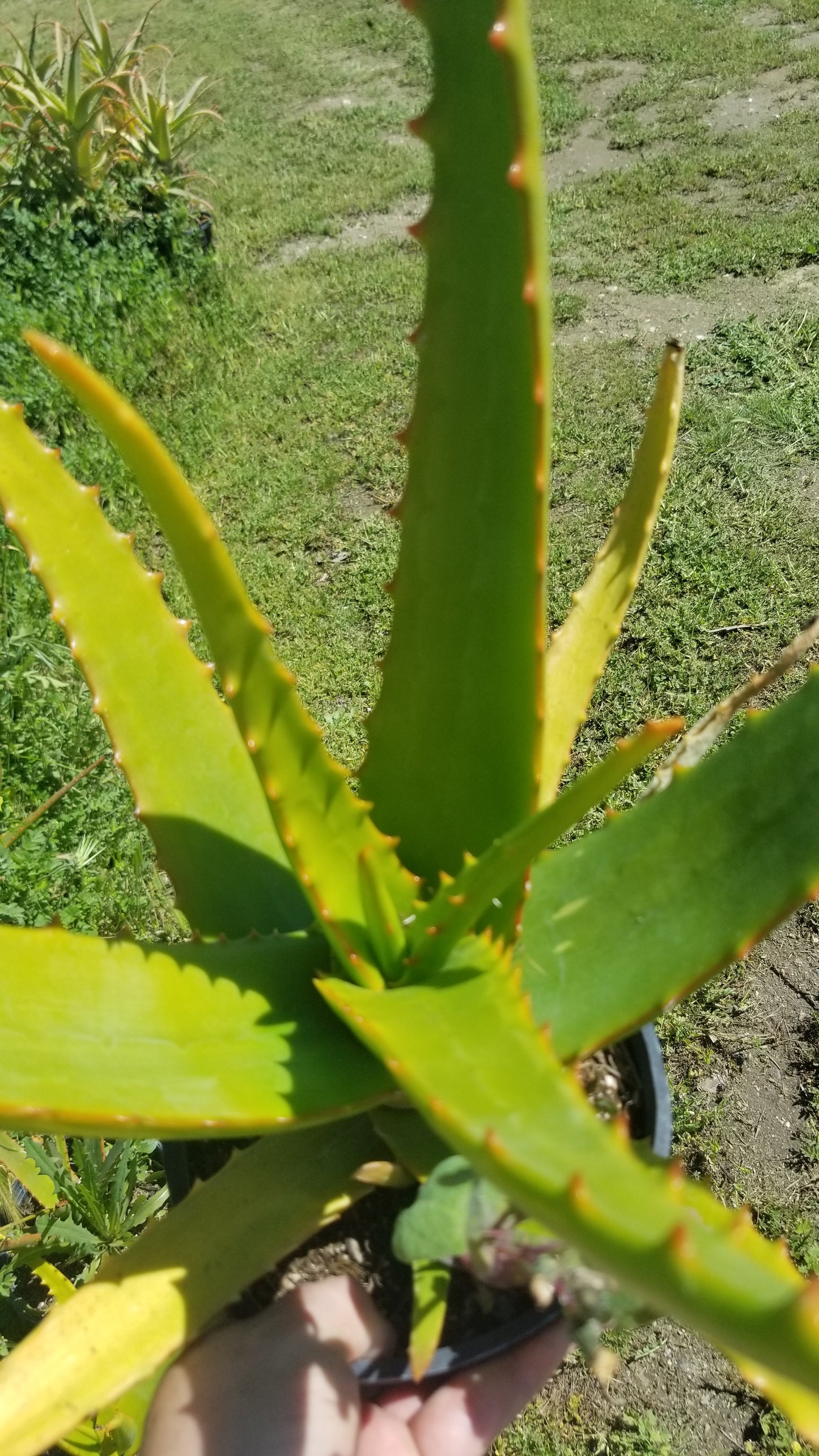
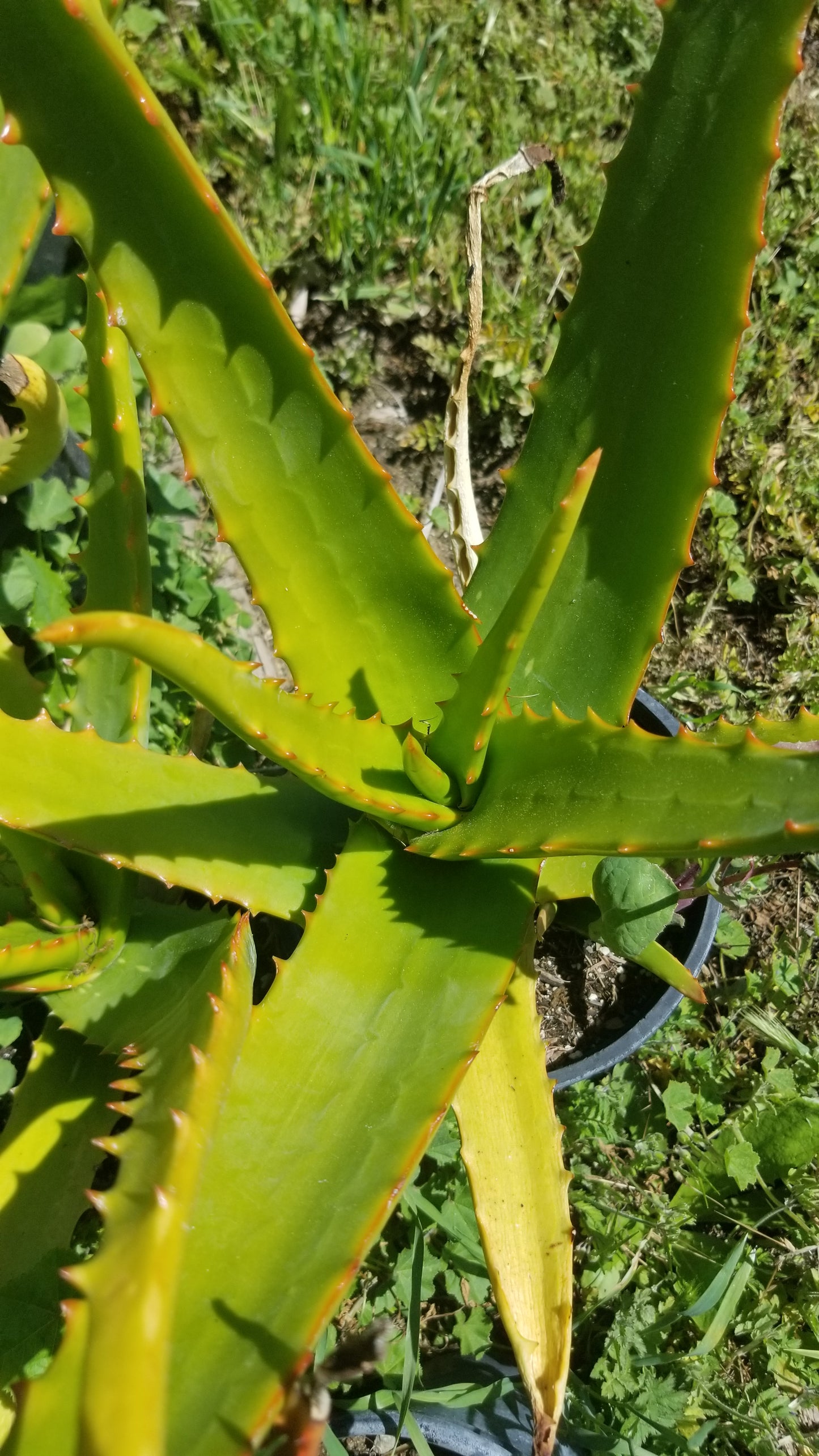
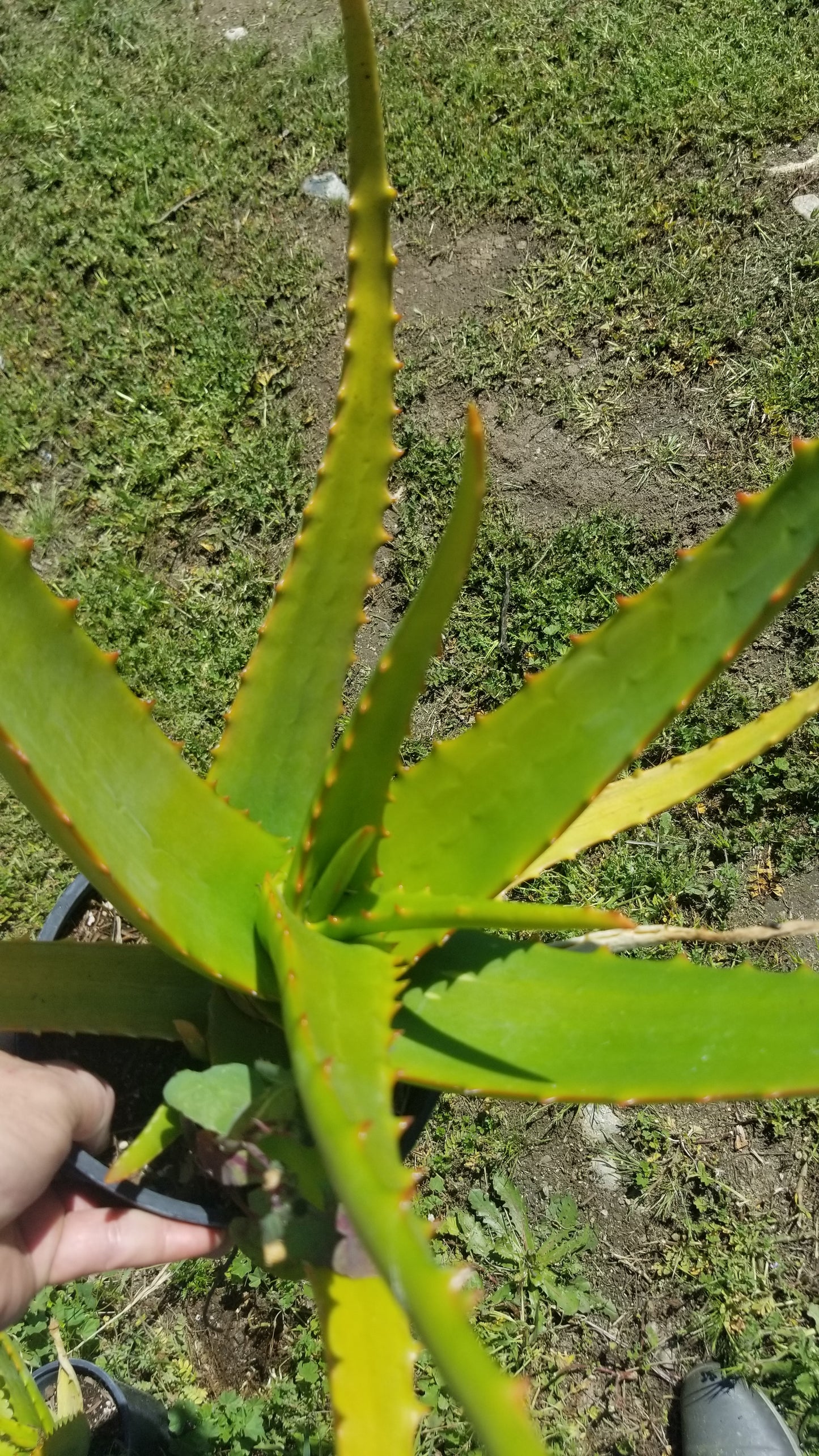
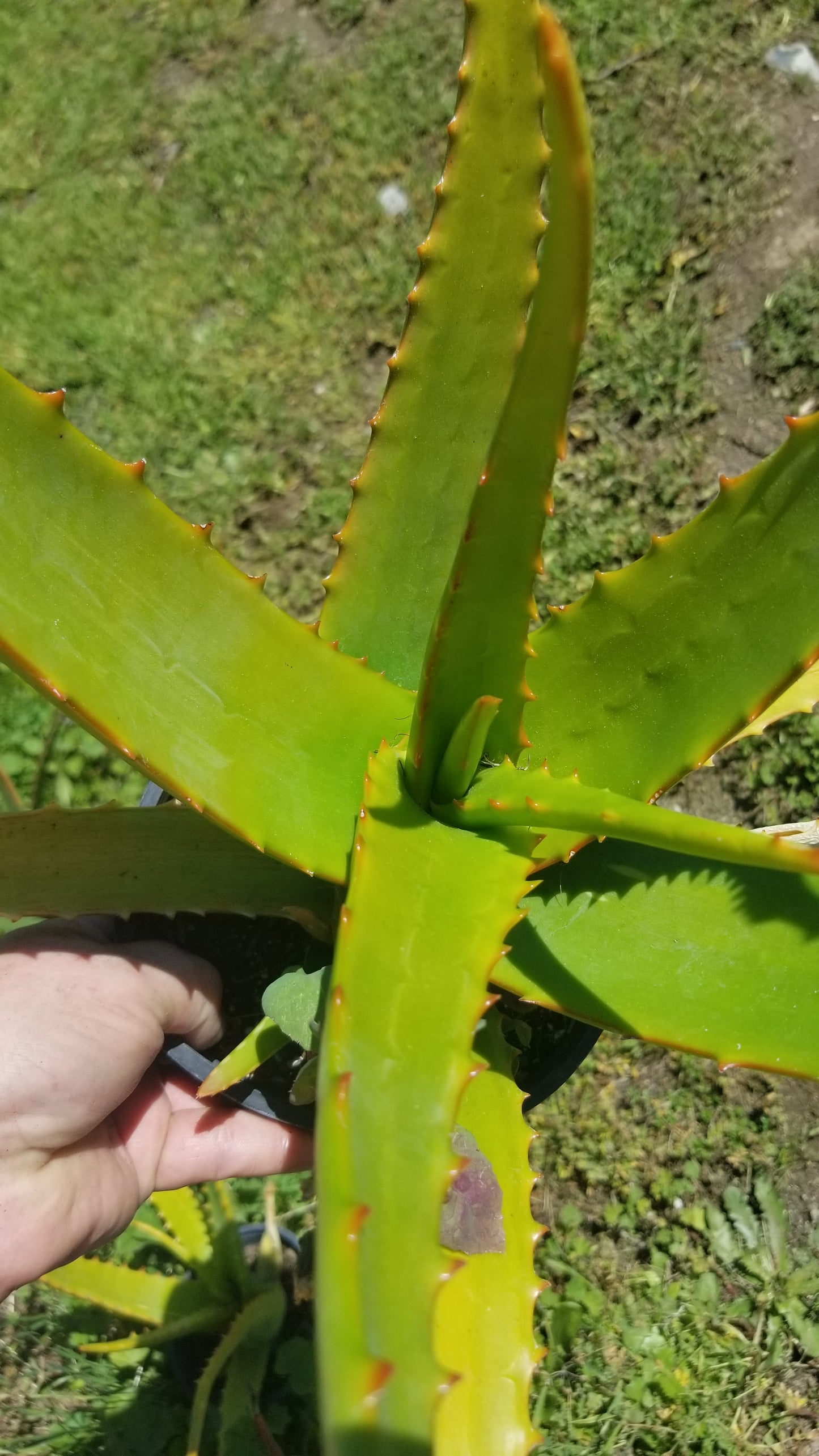
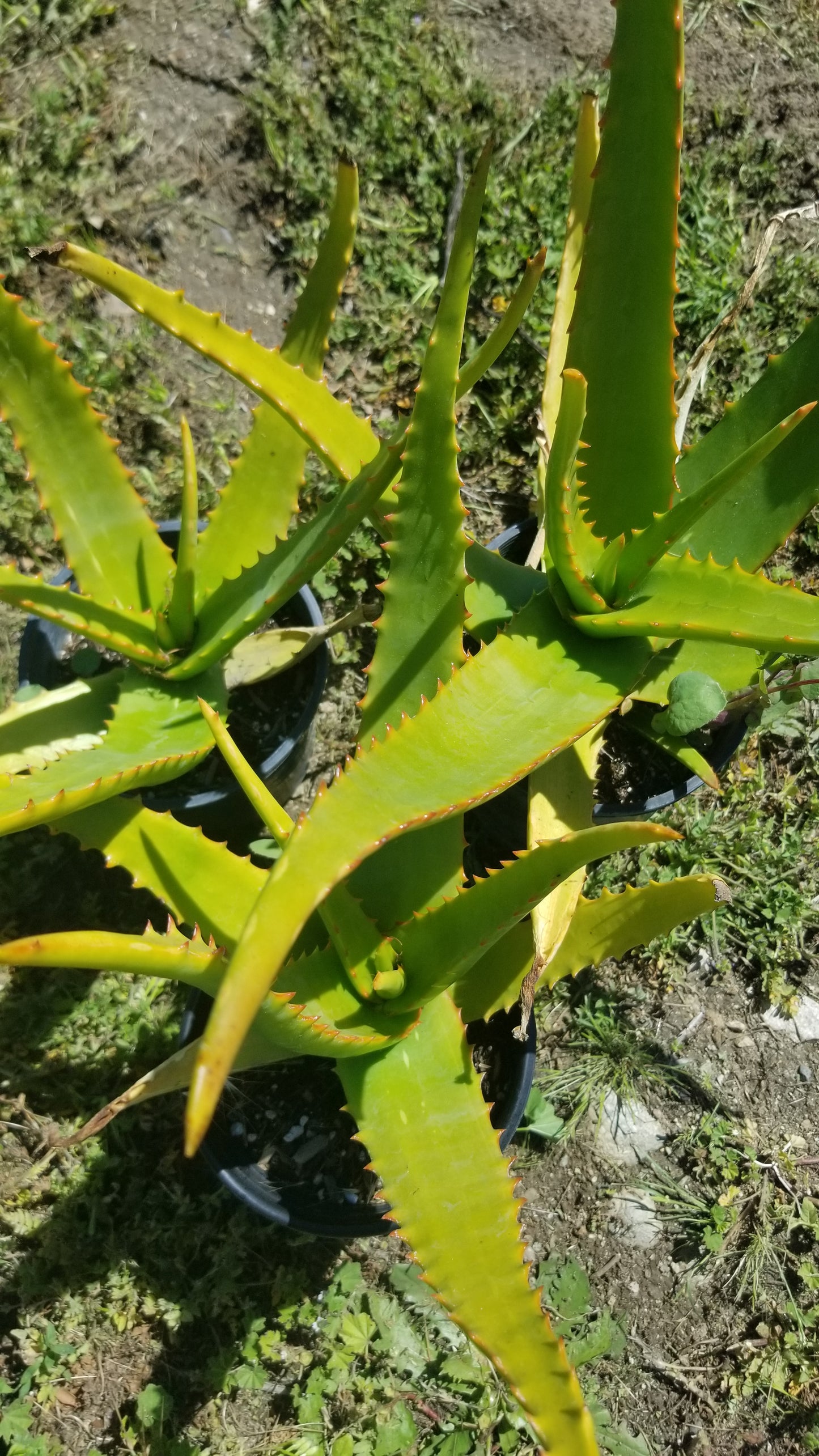
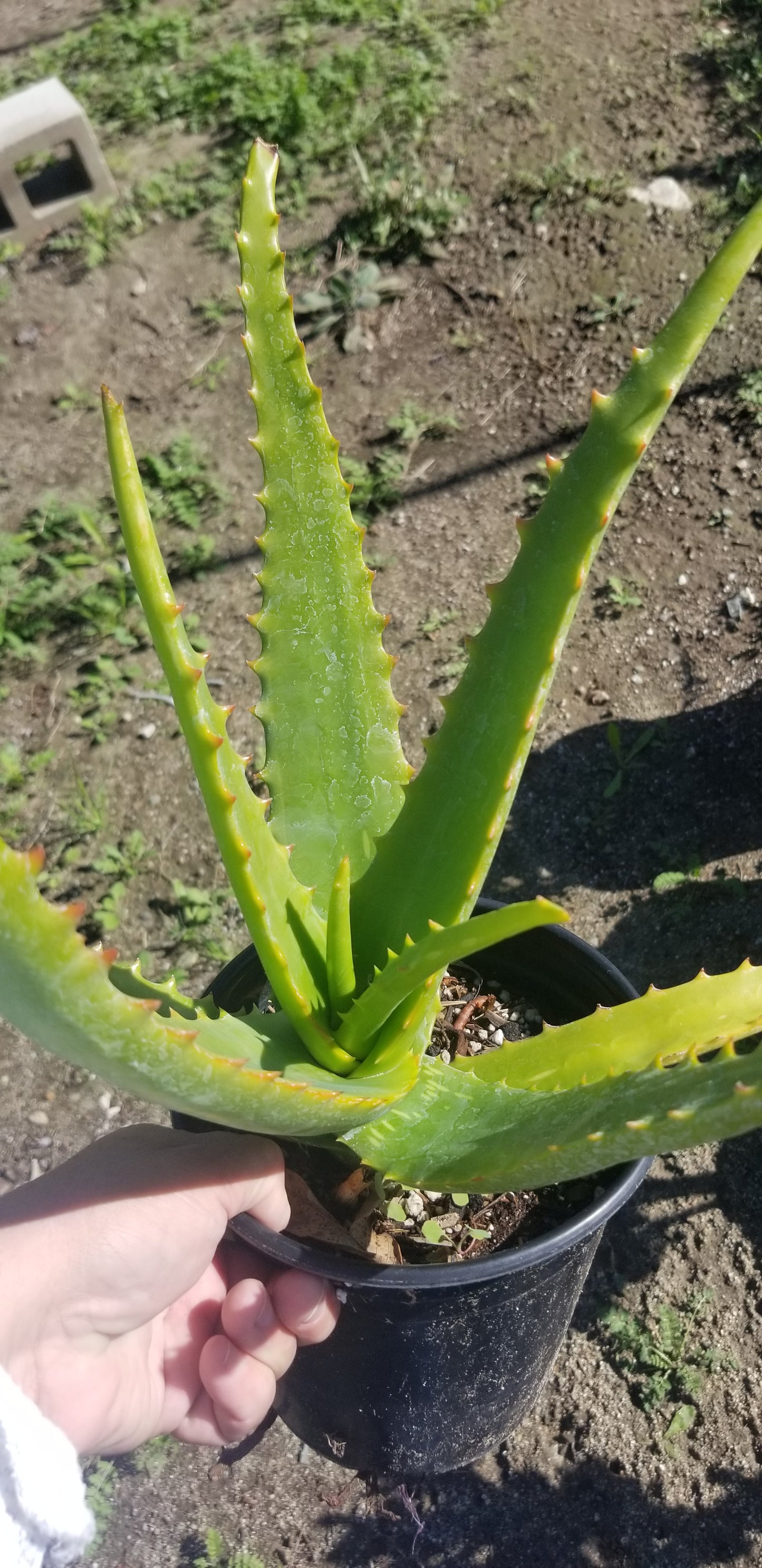
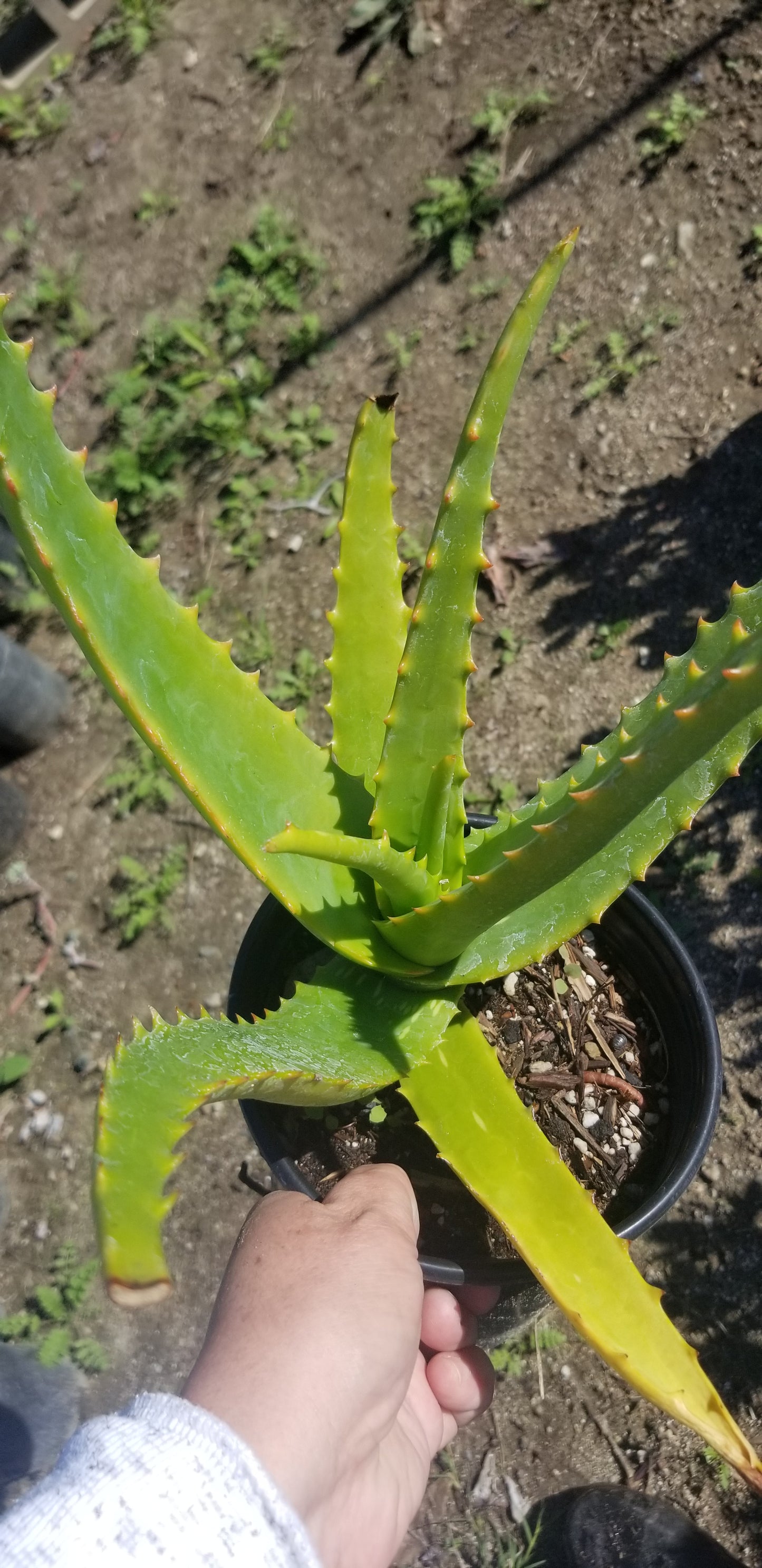
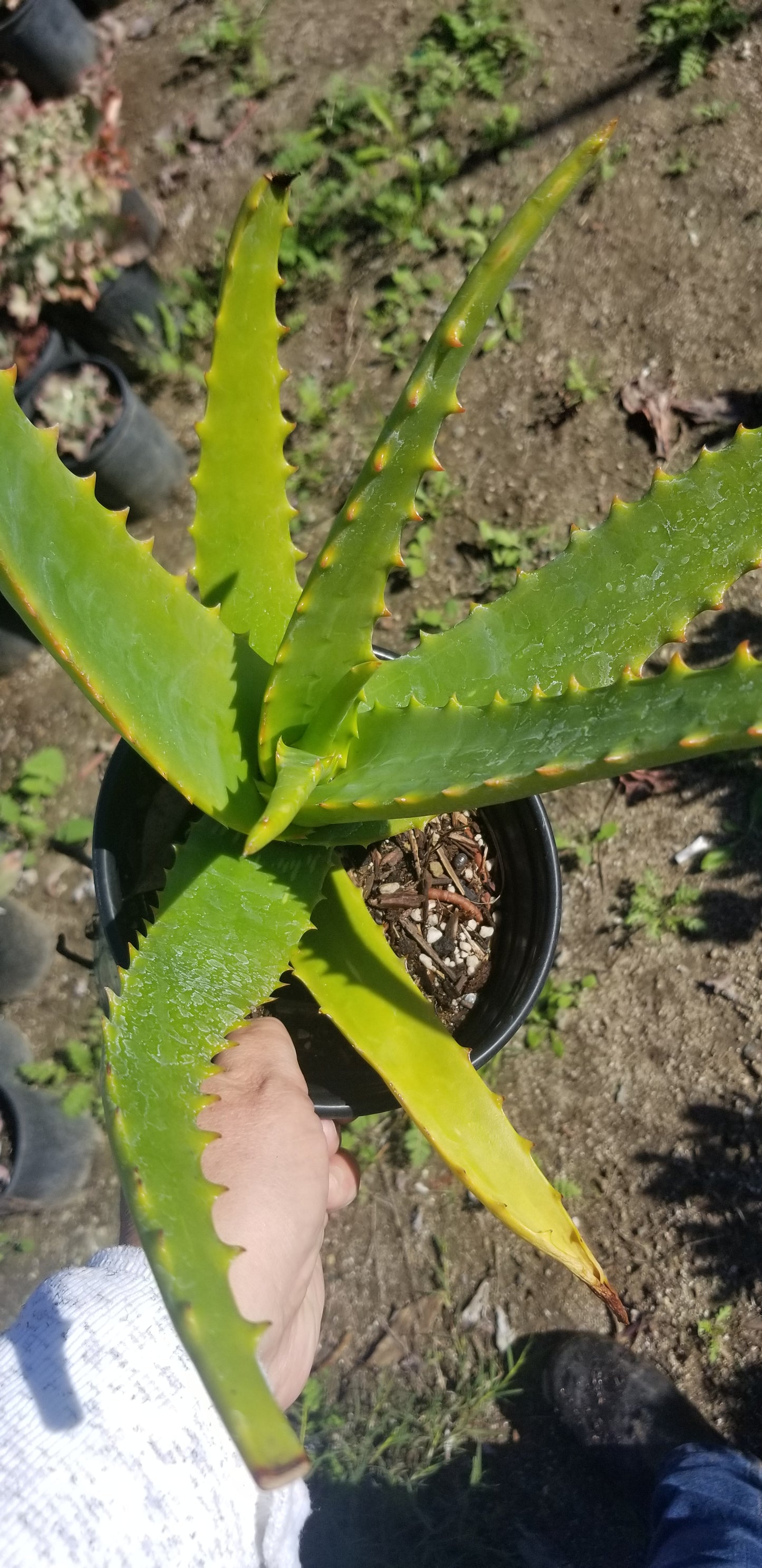

Subscribe to our emails
Be the first to know about new collections and exclusive offers.










